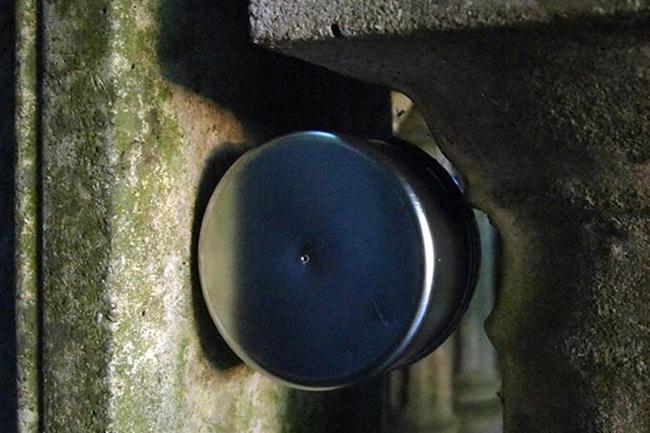
Most photographers compose their images using exposures of seconds or minutes, but have you ever heard of an exposure lasting a hundred years? On May 16, experimental philosopher and artist Jonathan Keats began his “Century Camera” project, which consists of placing 100 specially designed cameras all over Berlin, Germany. Think of it as a photo time capsule.
For a deposit of 10 euros, citizens will be able to obtain one of Keats’ pinhole cameras, designed to undergo a 100-year exposure time, and place them anywhere around the city. The plan is for the cameras to be returned to the Team Titanic art gallery on May 16, 2114 by the descendants of the project’s original participants. So 100 years from now, these descendants will get a free trip to the past via photography and get reimbursed the 10 euro – sounds like a win-win, if the cameras are still where they were left and the gallery is still in business, that is.
The real win here, though, is that these descendants (and others) will be able to see the multitude of changes that are likely to occur in Berlin over the course of a century. “We’re not naturally attuned to seeing how change in a city takes place,” Keats told Fast Company, “I wanted to notice and observe that change – to more intelligently consider what becomes of any city in which we live.”
Pinhole cameras were an interesting choice considering people tend to lean toward digital photography; the choice is justified due to the very design of the cameras. With the pull of a tab, the pinhole will begin its exposure: light focuses onto a black sheet of paper inside the camera, and over the next ten decades, the light will cause the paper to fade, leaving a unique image that reveals how the locations evolved or decayed. Keats mentioned that the simplicity of the pinholes is key, since a more complicated system could break down over time.

Toward the end of their lives, the original participants of the Century Camera project are supposed to reveal the secret locations to a child or some descendant, so that each pinhole camera could be retrieved. Keats likely wants all the cameras to be recovered, but he believes that anywhere from zero to 100 cameras might be found, as it’s tough for any human being to plan for well after they’ve expired.
The canisters containing the cameras are rust-proof, and the pinholes actually control the amount of moisture inside, so there’s no reason why this project can’t be successful in 100 years, barring any disturbance. If only a few of the cameras can be recovered, with their images intact, that would surely make the project a success. The 100-camera project exhibition is scheduled for May 16, 2114 at the Team Titanic gallery in Berlin. We will be sure our descendants bring you that story to your descendants at that time, but no promises.
(Via Fast Company)
Editors' Recommendations
- How to use exposure compensation for perfect pictures with your camera or phone
- How to make a pinhole camera and develop your own photos at home


